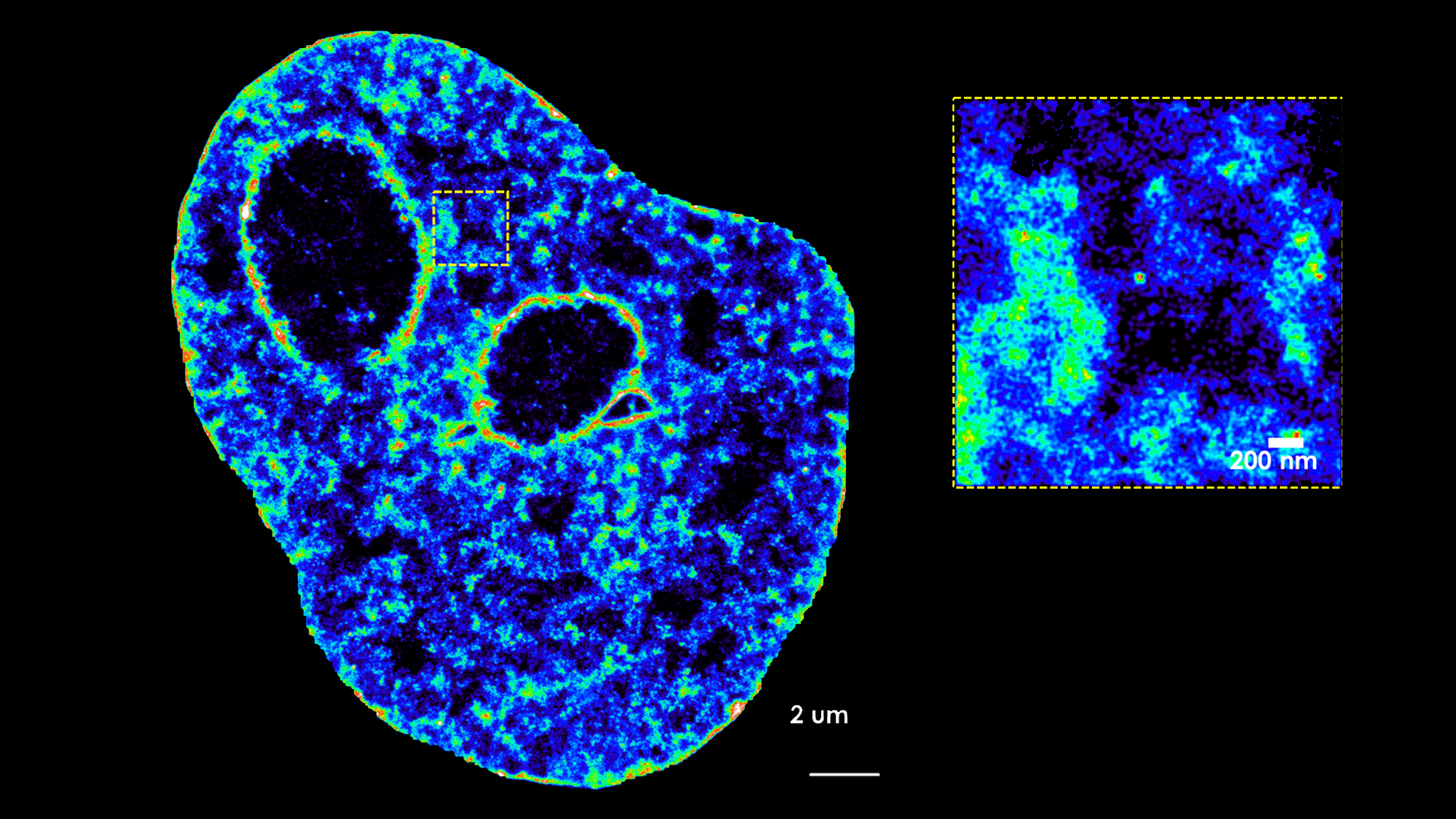State-of-the-art microscopy has revealed that DNA transcription involves a change in the architecture of this molecule. The finding was made by an international team of scientists led by Pia Cosma of the Center for Genomic Regulation (CRG).
During transcription, the opening of the DNA double strand to copy the information into a RNA molecule leads to a change in structure that generates a DNA supercoiling.
Thanks to the use of high-power lasers – that provide ten times higher resolution than conventional microscopy – and the adjustment of chemical conditions, researchers have been able to capture high resolution images. Thus, they have discovered that the supercoiling of DNA is the result of the movement of cohesins, which ‘surf’ on the DNA chain and change the architecture of the scaffold.
“What we have discovered is important because it shows that transcription plays a role in addition to producing RNA. Transcription compacts the genome in an indirect but efficient way, helping different regions of the genome to communicate with each other”
Vicky Neguembor, first author (CRG)
This finding changes the paradigm. Until now, it was clear that the three-dimensional structure of DNA conditioned transcription. Now, we know that this relationship is bidirectional, and therefore transcription modulates the structure of the molecule of life.






